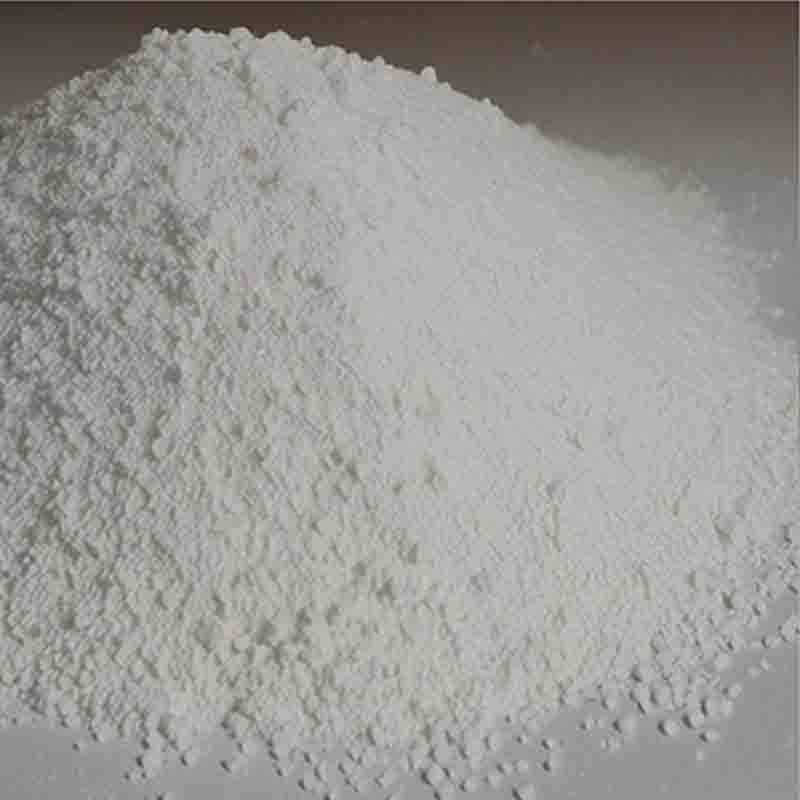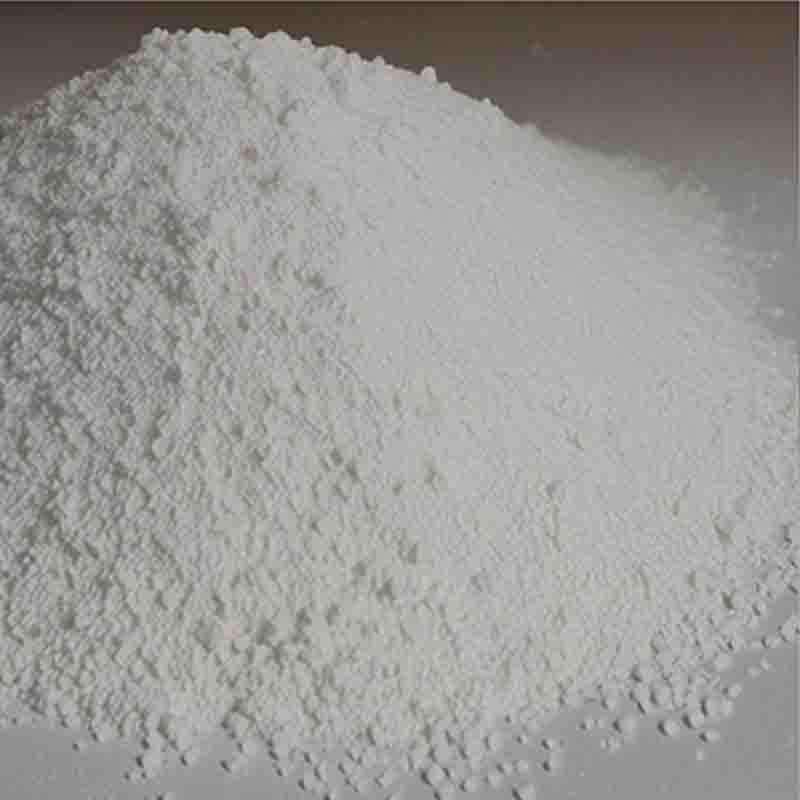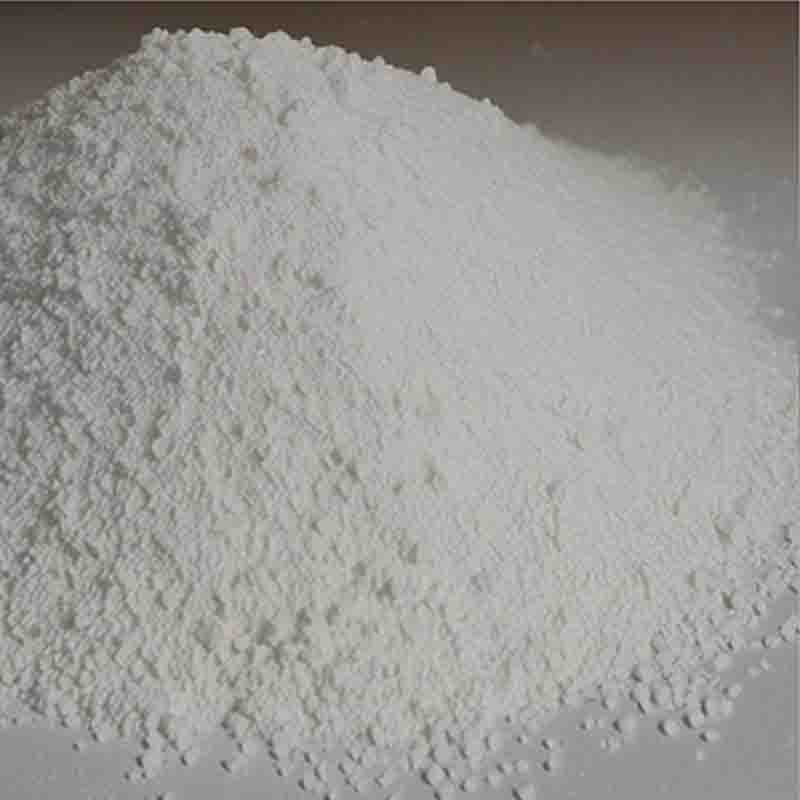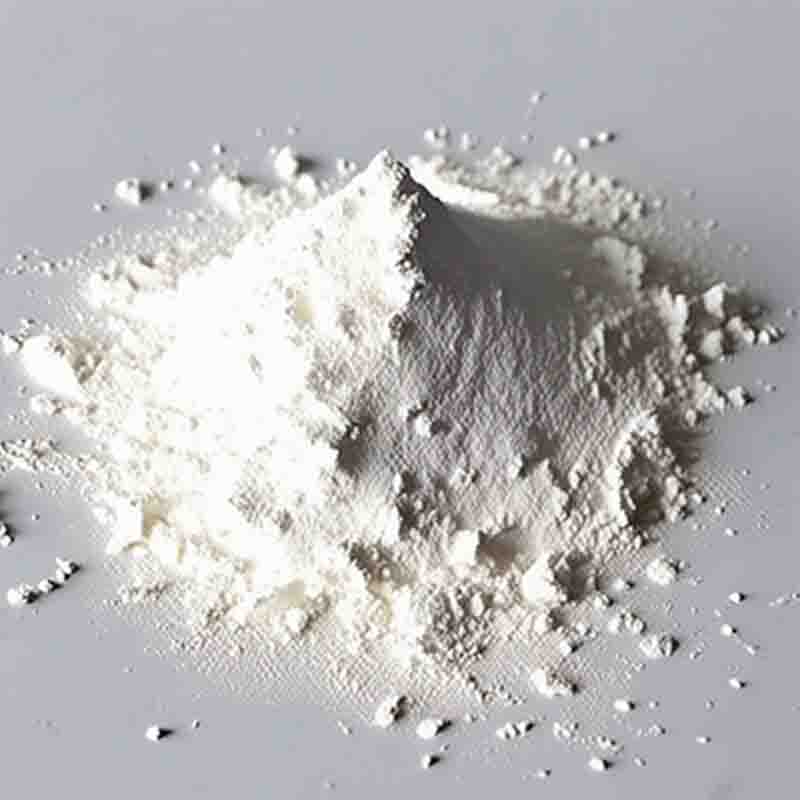Dichloro(1 ,5-cyclooctadiene)platinum (II) CAS: 12080-32-9
| Catalog Number | XD93987 |
| Product Name | Dichloro(1 ,5-cyclooctadiene)platinum (II) |
| CAS | 12080-32-9 |
| Molecular Formula | C8H12Cl2Pt(OCOCH3)2 |
| Molecular Weight | 374.16 |
| Storage Details | Ambient |
Product Specification
| Appearance | White powder |
| Assay | 99% min |
Dichloro(1,5-cyclooctadiene)platinum(II) (also known as Pt(cod)Cl2) is a chemical compound that finds diverse applications in various fields, most notably in catalysis and organic synthesis.One significant use of Pt(cod)Cl2 is as a catalyst in organic reactions. The cyclooctadiene ligand provides stability to the platinum center, allowing it to effectively catalyze a wide range of reactions. Pt(cod)Cl2 is commonly used in cross-coupling reactions, such as the Heck reaction and Suzuki-Miyaura reaction, where it facilitates the formation of carbon-carbon bonds by coupling organometallic reagents with organic halides. These reactions are immensely important in the synthesis of pharmaceuticals, agrochemicals, and fine chemicals.Pt(cod)Cl2 is also employed in the hydrovinylation of alkenes, a reaction used to produce valuable vinyl functionalized compounds. In this process, the platinum catalyst coordinates with both the alkene and hydrogen gas, enabling the selective addition of a vinyl group to the double bond. This reaction is particularly useful in the synthesis of polymers and specialty chemicals.Another notable application of Pt(cod)Cl2 is in the catalytic hydrogenation of various organic compounds. For instance, it can be used for the selective reduction of alkenes, alkynes, and even carbon-carbon double and triple bonds in complex organic molecules. The catalytic hydrogenation process is widely utilized in the production of pharmaceuticals, flavors, and fragrances, where precise control over the reduction of functional groups is crucial.Pt(cod)Cl2 also finds use in the production of platinum nanoparticles. These nanoparticles possess unique properties such as high surface area and catalytic activity. They are employed in a range of applications, including fuel cells, sensors, and as catalysts for various reactions. The particles can be synthesized by reducing Pt(cod)Cl2 with a suitable reducing agent, resulting in the formation of highly dispersed platinum nanoparticles supported on various substrates.Furthermore, Pt(cod)Cl2 can be utilized in the preparation of other platinum complexes by reacting it with different ligands. These complexes can be tailored to exhibit specific properties or reactivity suitable for particular applications. For example, Pt(cod)Cl2 can be used to synthesize optically active platinum complexes, which find application in asymmetric catalysis for the production of chiral compounds.In summary, Dichloro(1,5-cyclooctadiene)platinum(II) is a versatile compound with various applications in catalysis and organic synthesis. Its stability and reactivity make it an excellent catalyst for cross-coupling reactions and hydrovinylation, allowing for the efficient formation of carbon-carbon bonds. It is also instrumental in catalytic hydrogenation and the preparation of platinum nanoparticles. Its versatility is further enhanced by its ability to form different platinum complexes, making it a valuable tool in synthetic chemistry. The uses of Pt(cod)Cl2 demonstrate its importance in advancing the field of organic synthesis and enabling the production of vital chemicals and materials.









